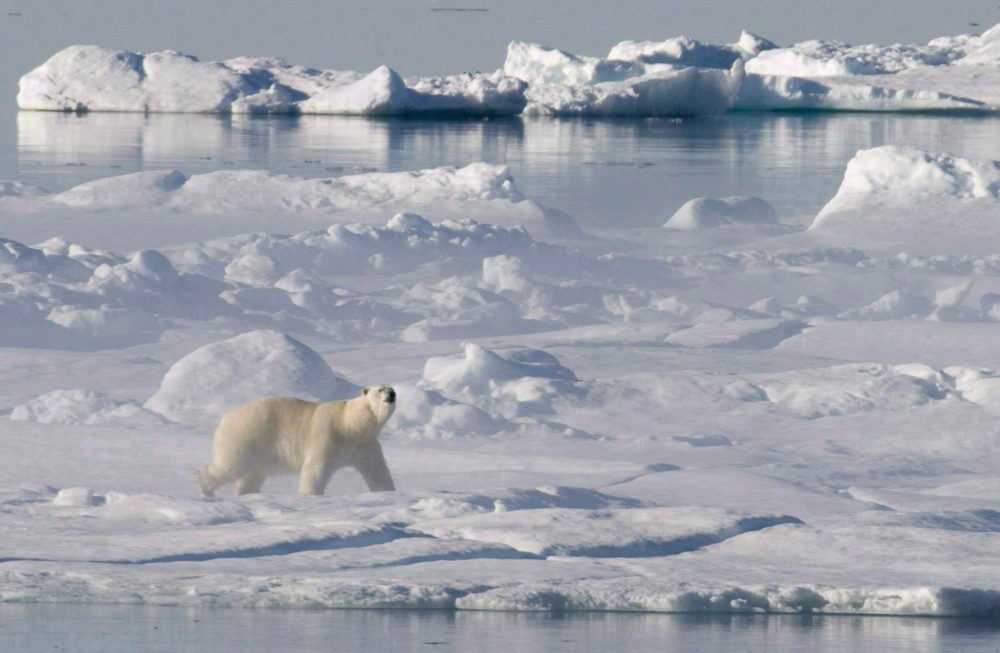Part of the Arctic is nicknamed the “Last Ice Area,” since floating sea ice there is by and large thick to the point that it’s presumably going to withstand global warming for a significant long time. Along these lines, scientists were shocked last summer when there was suddenly adequate open water for a boat to go through.
The opening, documented by scientists on board a German icebreaker, jumped up in late July and August in the Wandel Sea north of Greenland. By and large it was a direct result of a peculiarity weather event, be that as it may thinning sea ice from numerous long periods of climate change was a basic factor, as shown by a study in the journal Communications Earth and Environment. While scientists have said a huge bit of the Arctic could be free of summer sea ice by mid-century, the Last Ice Area was not part of that equation. They figure the 1-million-square-kilometer area won’t be ice-free in the summer until around 2100, said study co-author Kent Moore, a University of Toronto atmospheric physicist.
“It’s known as the Last Ice Area deliberately. We thought it was to some degree stable,” said co-author Mike Steele, a University of Washington oceanographer. “It’s just delightful shocking?.In 2020, this area melted out like there’s no tomorrow.” Scientists acknowledge the area ? north of Greenland and Canada ? could transform into the last refuge for animals like polar bears that depend upon ice, said Kristin Laidre, a co-author and biologist at the University of Washington.
The major driver for the sudden ice disaster was remarkable strong winds that pushed the ice out the area and down the shore of Greenland, Moore said. That had happened in more unobtrusive, conflicting episodes, in any case this time was unprecedented, Moore said. The researchers used computer simulations and 40 years of Arctic sea data to figure that “there was a colossal climate change signal” ? about 20%, they check ? in the event, Moore said. Previously, thicker Wandel Sea ice would have gone against the strong winds, in any case in 2020 it was more thin and “even more successfully broken up and pushed out,” said National Snow and Ice Data Center scientist Walt Meier, who wasn’t part of the study Another part of the Last Ice Area, off Canada’s Ellesmere Island, had open waters after the July 2020 collapse of part of the Milne ice rack, yet scientists are at this point studying it to choose whether there is a climate change affiliation, Moore said.
